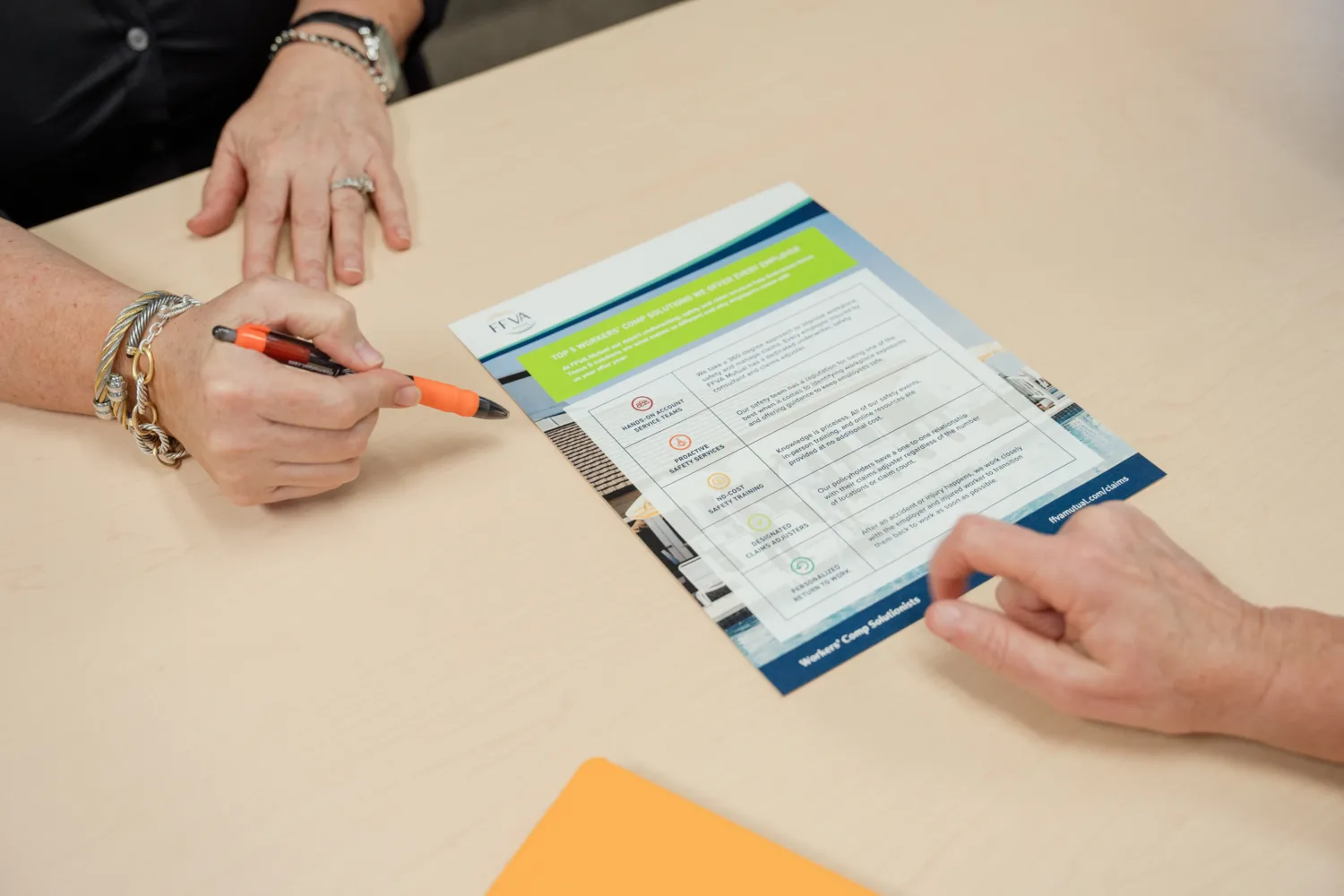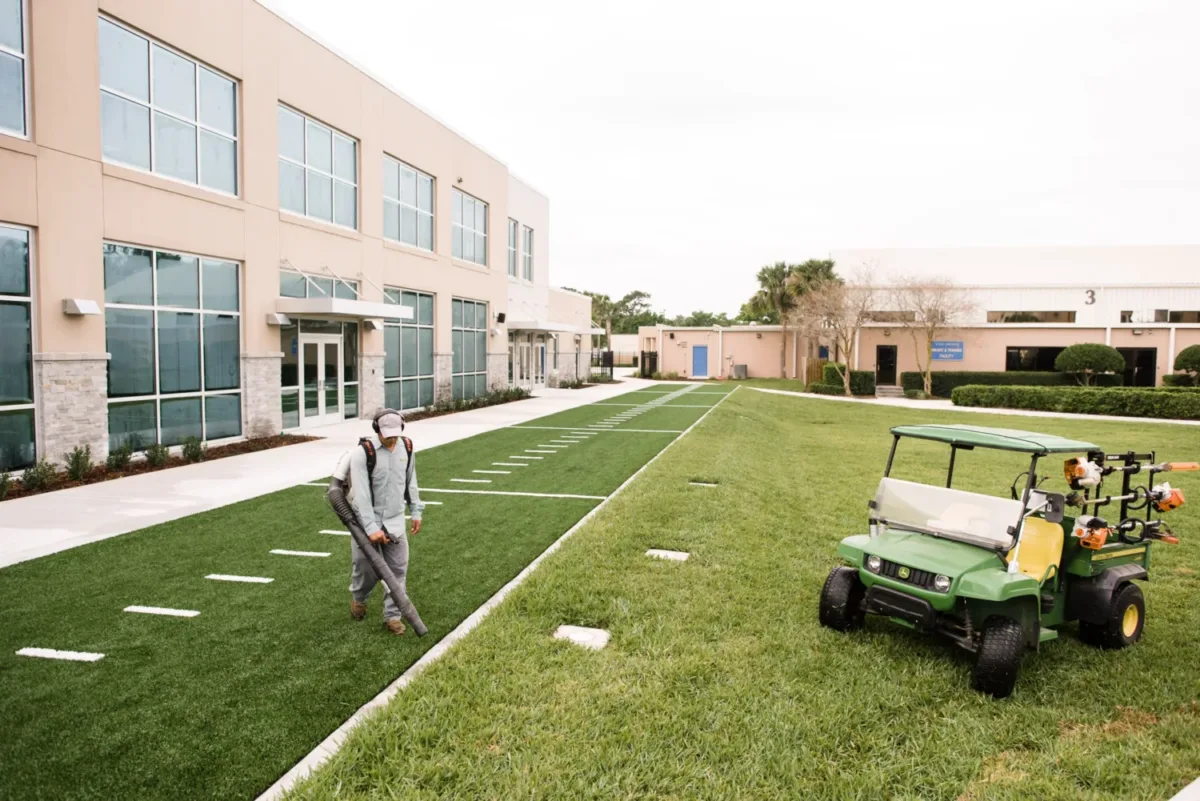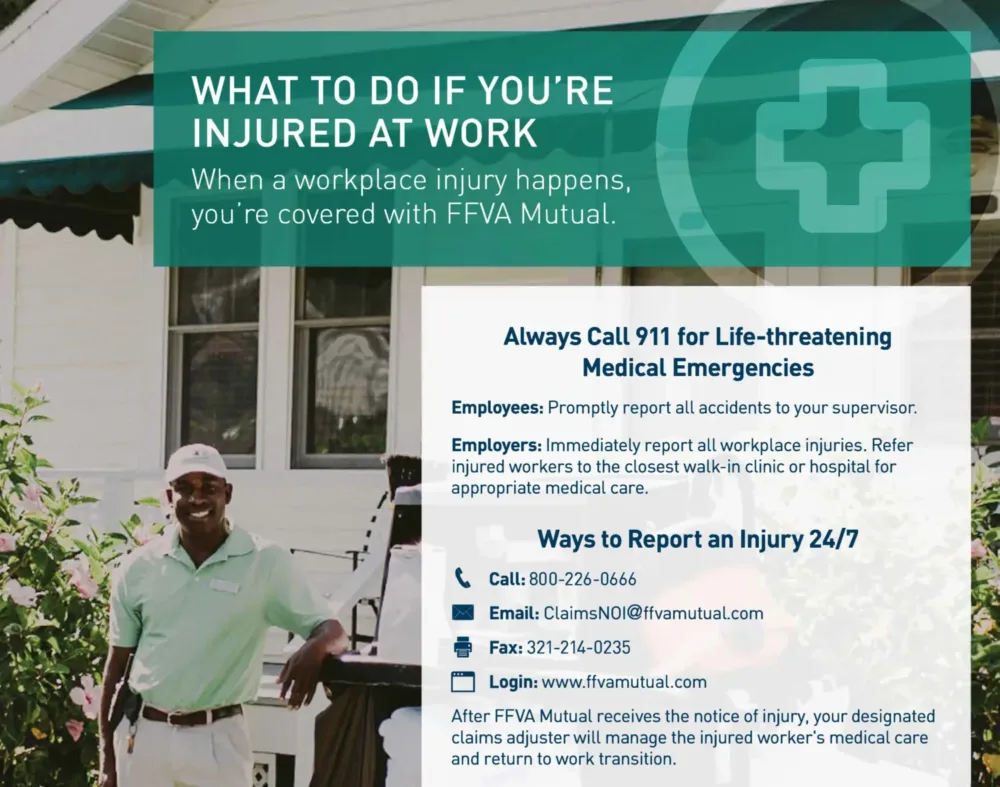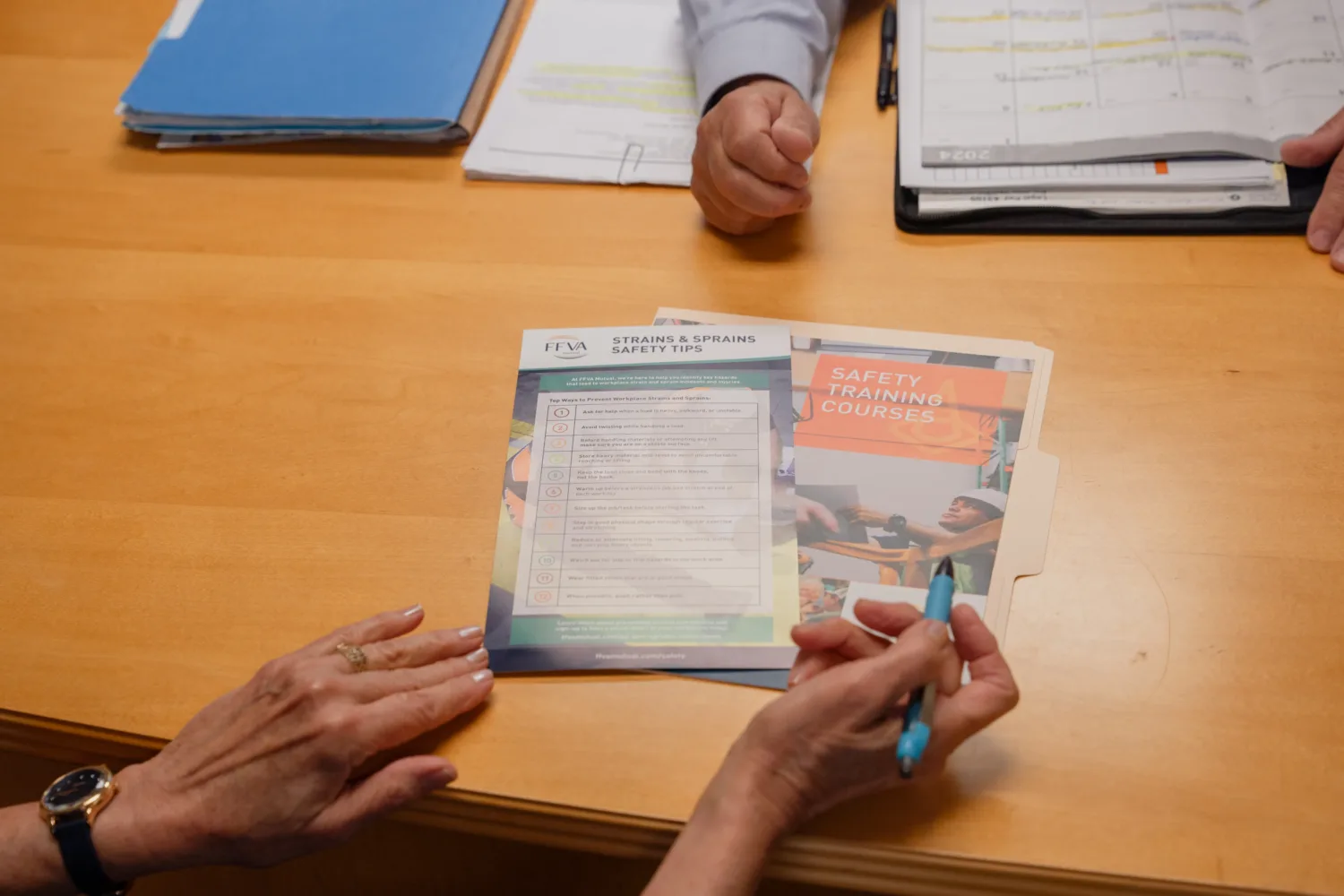Eyes on the Road Saves Lives
Distracted driving remains one of the most pressing issues on the road today and is more dangerous than you think. Even with awareness campaigns and strict laws, people are still distracted by their phones or snacks while driving, taking their focus away from the most important thing: the road ahead.
Even the smallest driving distraction could actually be a serious threat to your own life and the lives of others nearby. In fact, the Centers for Disease Control and Prevention (CDC) reported that, 13% of all motor vehicle crashes in the U.S. involved a distracted driver and a total of 3,142 driving fatalities occurred due to a distracted driver.
Without second-guessing yourself, you can likely recall a time when your eyes left the road, and you didn’t get into an accident. However, a task like texting encourages your eyes to move and focus on something else for more than a few seconds. Texting while driving takes your eyes off the road for an average of 5 seconds. It might not seem like a long time, but when you’re moving at 55 mph, it’s nearly equivalent to driving the length of a football field while keeping your eyes closed or completely out of focus with what’s in front of you, as the NHTSA described.
It’s time to put the cell phone down and remove any other potential distractions that could lead to a fatal accident. Let’s take a closer look at what defines distracted driving, how commercial drivers are impacted and ways to prevent or reduce distracted driving.
Understanding Distracted Driving
The definition of a driving distraction has many interpretations, but in general, distracted driving is defined as any type of activity that diverts your attention from the road, where your eyes should be while handling a motor vehicle. Some of the most common forms of distracted driving include:
- Texting or talking on your cell phone
- Talking to the person in the passenger’s seat, or anyone in the vehicle
- Playing with the stereo or entertainment system
- Fiddling with the navigation system
- Eating and/or drinking
Anything that takes your eyes off of the road while driving is considered a distraction and can be very harmful to not only yourself but also the passengers in your own vehicle and the other drivers and passengers joining you on the road.
The CDC lists 3 different types of driving distractions:
- Visual: Taking your eyes off the road. This would most likely involve texting or using your cell phone in another way. Even turning to look at the person in the back seat for a second is considered a visual distraction. Numerous studies document the risks inherent to visual distracted driving. One of the better-known examples comes from the Virginia Tech Transportation Institute (VTTI), which discovered drivers simply dialing numbers on a cell phone nearly tripled the risk of an accident or close call.
- Manual: Taking your hands off the wheel. Doing something like having lunch on the go means relying on one hand to take care of the driving while the other one helps to satisfy your hunger.
- Cognitive: Taking your mind off driving. Sometimes, you don’t need a cell phone in your hand to be considered a distracted driver. Cognitive distracted driving is the hardest type to observe and measure, but that doesn’t make it any less impactful. Worrying about running late to an appointment or making it home after work on time are two examples of thoughts that could cause cognitive distracted driving.
While visual distractions may be the most common kind, manual and cognitive distractions are critical to consider and discuss when determining ways to prevent distracted driving.
The Impact of Distracted Driving
The statistics are sobering. In 2022, distracted driving claimed 3,308 lives. That’s nearly 10 lives every single day – lost because someone decided that a message, a meal, or a momentary lapse in concentration was more important than safety.
Did you know that accident risk is greater for company drivers?
Distracted driving is dangerous for anyone, but it’s an issue that’s become more prevalent in commercial drivers over the years. In fact, according to the CDC, motor vehicle crashes are the leading cause of work-related deaths across the country.
In terms of non-fatal injury crashes at work, those that involve a distraction cost the employer about $100,310 on average.
The previously mentioned VTTI study found commercial drivers dialing a phone number were nearly 6 times more likely to be involved in an accident than those who paid attention to the road. Text messaging made the risk of an accident over 23 times more likely.
Of course, even if the worst-case scenario doesn’t happen, texting while driving is strictly off-limits for commercial drivers in all 50 states and multiple violations may result in a motorist losing their license. The takeaway: No text message is worth the life of an employee or bystander, or the livelihood of your business. All employers are encouraged to have a distracted driving policy.
How to prevent or reduce distracted driving
April is Distracted Driving Awareness Month so now is a great time to take this serious issue into your own hands and do your part to prevent fatal accidents from occurring in the future. If you need to send a text, pull over or allow one of your passengers to send the message for you. Otherwise, keep your eyes on the road and off of your cell phone.
Below are practical tips to help avoid distractions while driving:
- Prepare Beforehand: Make all vehicle adjustments before you start your trip. Set your GPS, mirrors, seat, and climate controls ahead of time.
- Stow Your Phone: Keep your mobile phone out of reach to resist the temptation. If you must use it, pull over safely first.
- Limit Passenger Interactions: Engage with passengers minimally. If you’re driving with friends, remind them to help you stay focused on the road.
- Control Your Environment: Pre-set your radio stations and playlists. Avoid eating, drinking, or smoking while driving to keep your hands free and your mind alert.
- Secure Children and Pets: Make sure children and pets are properly secured before driving. If they need attention, pull over to a safe location first.
- Rest If Drowsy: Driving tired can be as dangerous as driving distracted. If you feel sleepy, take a break from driving.
- Keep the Car Tidy: Store loose items that could roll around and distract you. Having a clean and organized car can minimize the urge to reach for items.
- Focus on Driving: Remind yourself that driving deserves your full attention. Practice active scanning of the road and use your mirrors regularly.
By incorporating these tips into your daily driving habits, you can significantly reduce the risk of distractions and contribute to safer roads for everyone. Remember, when it comes to driving, safety should always be your top priority.
Combating Distracted Driving
The fight against distracted driving starts with each of us. It’s about making conscious choices to stay focused and encouraging others to do the same. Employers can set policies, parents can lead by example, and friends can speak up when they see a driver reaching for their phone.
As we continue to navigate the busy roads of life, let’s pledge to keep distractions at bay. Whether you’re a commercial driver or a daily commuter, your decisions can save lives. Let’s drive the message home: when it comes to driving, distractions can wait.
FFVA Mutual offers a 4-hour defensive driving course at no cost to policyholders. To schedule training at your workplace, click here to view more information and complete an online safety training request form.
Related Distracted Driving Resources from FFVA Mutual:






























